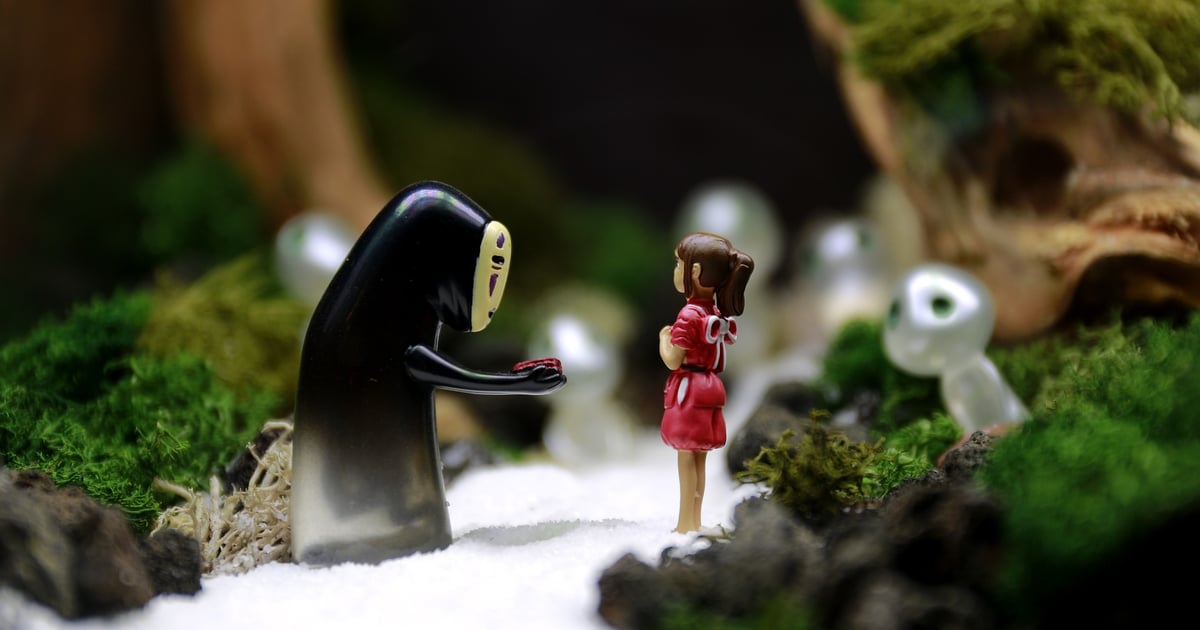Animation has undergone a fascinating transformation since its inception, evolving from rudimentary hand-drawn sketches to the sophisticated digital creations we see today. This journey reflects not only advancements in technology but also changing artistic sensibilities and storytelling techniques.
The roots of animation trace back to the late 19th century, with devices like the zoetrope and phenakistoscope offering simple illusions of movement. Early 20th-century animators such as Winsor McCay brought innovation to the craft with works like Gertie the Dinosaur (1914), which combined technical precision with charm. These early efforts relied on labor-intensive, frame-by-frame hand-drawn techniques that laid the foundation for the industry.
The 1930s heralded the golden age of animation, with Walt Disney’s Snow White and the Seven Dwarfs (1937) becoming the first full-length animated feature. This era saw the refinement of cel animation, where layers of transparent sheets were used to streamline the production process. Studios like Warner Bros. and MGM also thrived, introducing beloved characters such as Bugs Bunny and Tom and Jerry.
The mid-20th century brought stylistic experimentation, as seen in the minimalist approach of UPA Studios’ Gerald McBoing-Boing (1950). Concurrently, stop-motion animation emerged, with classics like Rudolph the Red-Nosed Reindeer (1964) showcasing meticulous craftsmanship.
